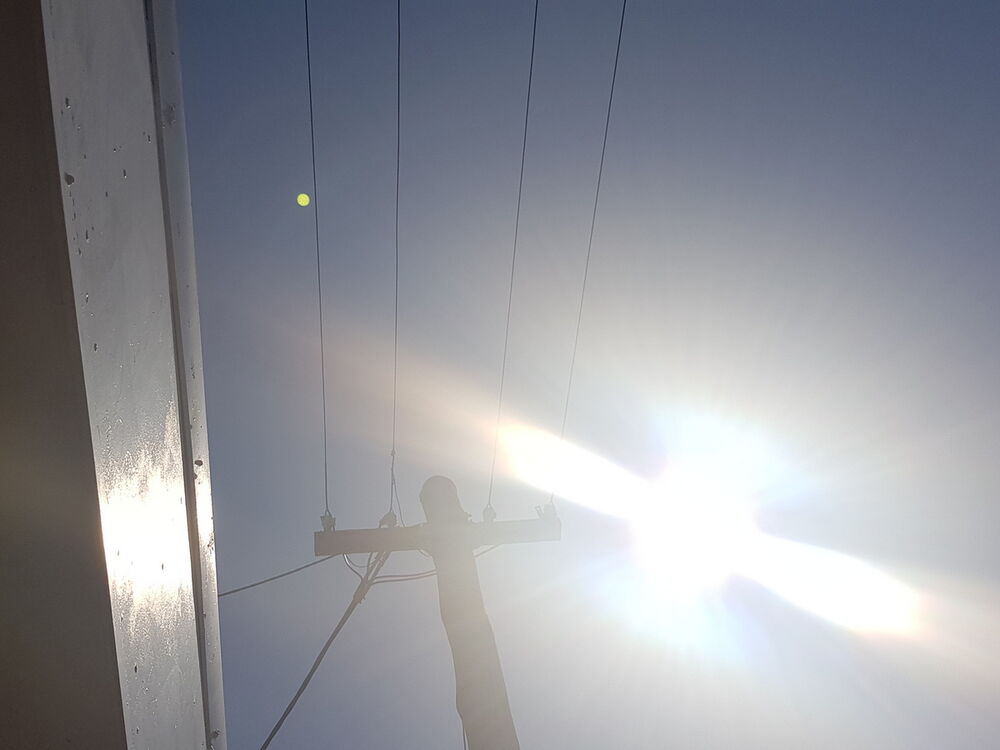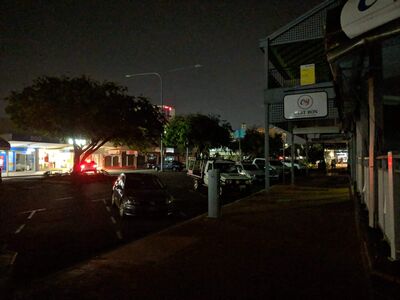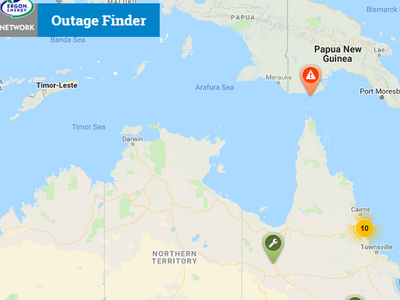Why can’t the power grid cope when the heat rises?

You’ve suffered through a 42 degree day, it’s still up around 30 degrees as you wind down for the night and the power goes out.
Worst.possible.timing.
Hello sweaty sleep.
This has occurred twice in Cairns this week, with blackouts in the CBD, Mooroobool and Kewarra Beach last night and in the CBD and Portsmith areas on Tuesday night.
Further afield, Port Douglas, Mossman, Mareeba, Babinda, Julatten and Mount Molloy also had lights and air conditioners out.
Thousands of people have been affected.

Ergon Energy’s Emma Oliveri told Tropic Now the fault at Mooroobool was a cable fault.
The cause of outages in the CBD haven’t been determined but Ms Oliveri said finding out what went wrong is a priority.
She said demand has been higher this week and on Monday night, the record for peak load in the far north was broken.
Hmmmm.
Here at Tropic Now, we sought more of an insight from an impartial energy expert on why the power goes out when it gets hot.
Guy Dundas is the Energy Fellow at the Grattan Institute.
He told Tropic Now networks right across the country struggle when the heat rises, mainly because transformers break down.

“The main reason is that the demand is higher because everyone has their air conditioning on.
“Transformers adjust the voltage down to a level you can use and they get hot when they’re running hard and when the temperature’s hot they struggle even more,” he said.
“It’s like a double whammy of heat and demand and older assets are more prone.”
But if energy companies know it’s going to be hot (and let’s face it, it happens every year), why can’t they mitigate the blackout risk?
Guy Dundas said they could build more backup transformers and replace old assets earlier but both those solutions come with hefty price tags.
“Networks are regulated, even more so if they’re in a monopoly situation and there’s a strict regime about what they can spend and pass onto customers,” he said.
“They have to justify their expenditure and there needs to be a trade-off between the cost and the value to customers.
“The balance tends to be that you just have to accept a certain level of outages.”








